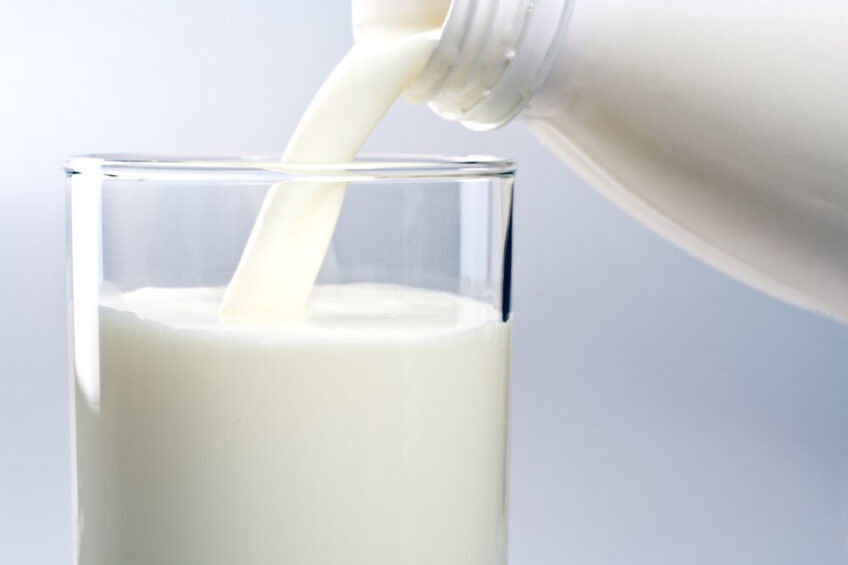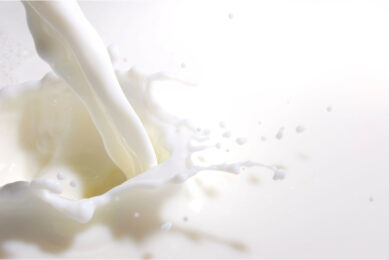The evolution of milk pasteurisation

Pasteurisation is a thermal process discovered by Louis Pasteur in 1862 during experiments with beer and wine. In 1886, Frans von Soxhlet, a German agricultural chemist, was the first person to suggest that milk sold to the public be pasteurised. The process involves heating a dairy fluid (e.g., milk, whey) to inactivate pathogenic and spoilage microorganisms, mainly bacteria.
Pasteurised milk is packaged under clean, but not aseptic, conditions into paperboard cartons, glass or plastic bottles or plastic pouches and stored under refrigeration conditions. The packaging material can include light protection, which is common in some countries. The shelf-life of pasteurised milk varies from a few days to around 60 days, depending on the method used, the initial bacterial load, post-pasteurisation contamination, and storage temperature.
Heat treatments used for pasteurisation of retail milk
The 2 main types of pasteurisation methods used in the dairy industry are high temperature short time (HTST) pasteurisation and ultra-high temperature (UHT) pasteurisation.
- HTST is the most commonly used type of pasteurisation. In this process, raw milk is heated to the required temperature of 72°C, held for 15 seconds and then rapidly cooled to 4°C.
- UHT is a much hotter and faster process. Raw milk is heated to approximately 138°C, held for just 2 seconds and then rapidly chilled back to 4°C.
The noticeable difference is that UHT milk has a shelf life of almost 3 times that of HTST milk, 40 to 60 days from the day of production. UHT pasteurisation is the preferred method of pasteurisation in the organic milk industry.
Thermisation
Thermisation is a sub-pasteurisation process sometimes used to extend the period of refrigerated milk prior to further processing. This process involves applying a heat treatment to milk of a lower intensity than pasteurisation and aims to reduce the number of micro-organisms.
The heating conditions vary but are approximately 65°C/15 s. After every heat treatment, rapid cooling of the milk is important. It extends milk shelf-life for 3-4 days before further processing and is used to manufacture some semi-hard cheeses. Thermisation causes little change to the chemical components and nutritive value of milk.
Extended shelf life
Extended shelf-life milk is the type of milk most recently introduced to the market. It has a refrigerated shelf-life of 15 to 60 days, depending on the raw milk quality. The self-life of >35 days can only be reached with optimal raw milk quality, specific packaging, limited post-processing contamination, and storage preferably at <4°C. There are no standard temperature/time conditions for ESL processing, but treatments in the region of 120-140°C for 10-11 seconds are typically used.
Pasteurisation is arguably the greatest transformational process in the evolution of the modern dairy sector. It has led to enhanced safety and shelf-life of milk for direct consumption, and of other products manufactured from pasteurised milk or whey.
Join 13,000+ subscribers
Subscribe to our newsletter to stay updated about all the need-to-know content in the dairy sector, two times a week.










